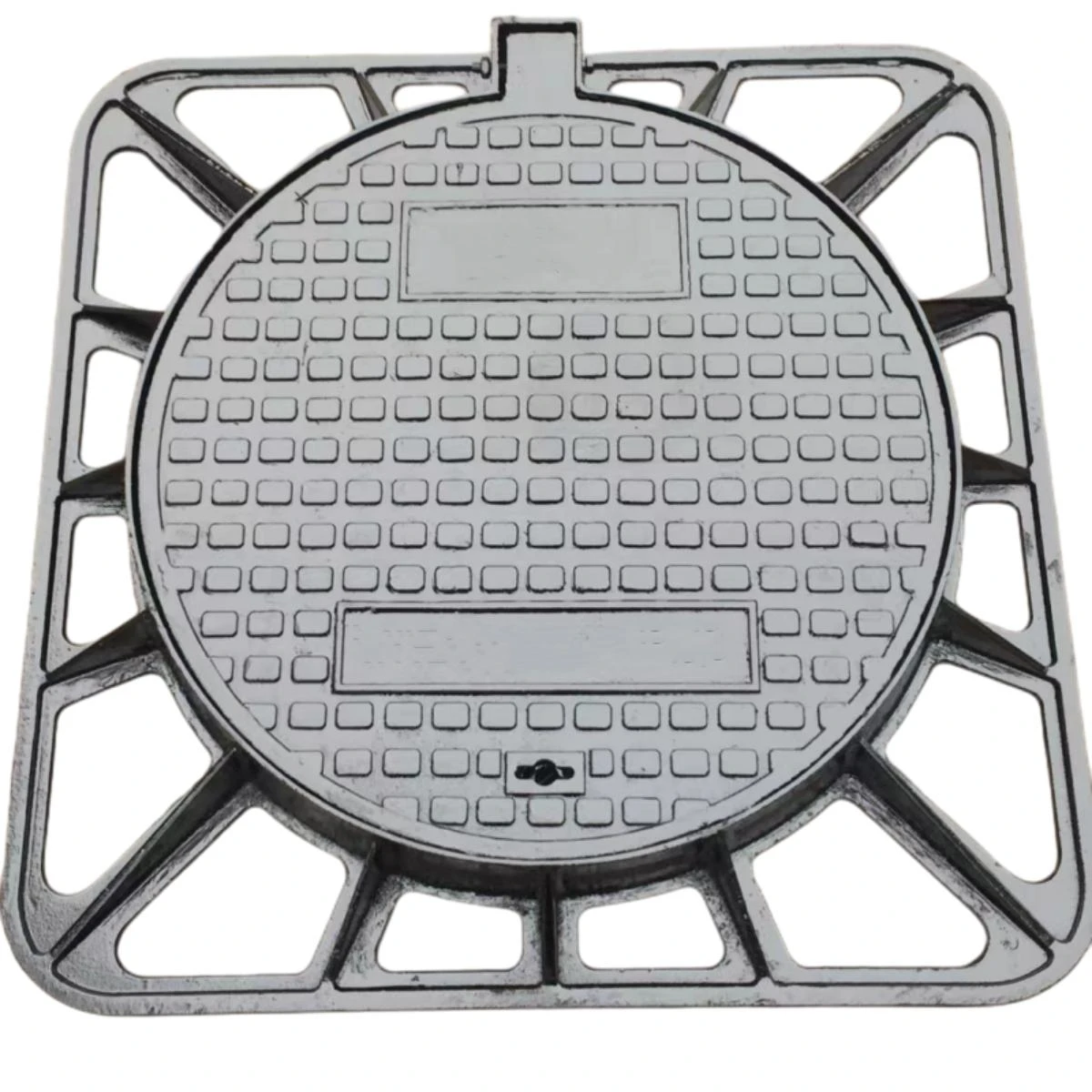gate valve for throttling
The Role of Gate Valves in Throttling Applications
Gate valves are a crucial component in various piping systems, primarily designed to provide a tight shut-off when fully closed. While their primary function is not throttling, they do play a role in flow control applications under specific conditions. This article explores the characteristics of gate valves, their operational principles in throttling applications, and the pros and cons of using them for such purposes.
Understanding Gate Valves
Gate valves consist of a valve body, a gate, and an actuator. The gate, which is typically a wedge or a parallel disc, moves vertically in and out of the flow path. When fully opened, the gate valve allows for unobstructed flow, resulting in minimal pressure drop. Conversely, when fully closed, the gate provides a tight seal, preventing any leakage.
Gate valves are commonly utilized in applications where the flow needs to be completely turned on or off rather than regulated. They are typically not designed for throttling because they can create turbulence and cause wear to the valve components when partially open.
Throttling with Gate Valves How It Works
Throttling refers to the process of controlling fluid flow by partially opening or closing a valve. In theory, a gate valve can be used for throttling; however, this method is generally not recommended. When the gate valve is partially opened, the fluid may experience high turbulence, which can lead to a reduction in the lifespan of the valve and cause noise and vibration within the system.
Nevertheless, there are situations where gate valves can be used for throttling. For example, in systems where a rough control of flow is acceptable, and the fluid does not have critical quality requirements, a gate valve might be more cost-effective compared to dedicated throttling devices. In such cases, operators may adjust the gate valve to achieve rough flow control, despite the inherent inefficiencies.
Advantages of Using Gate Valves for Throttling
1. Cost-Effectiveness Gate valves are among the least expensive valve types available. For systems that require only occasional throttling, using a gate valve can save on initial costs when compared to investing in more expensive, dedicated throttling valves.
gate valve for throttling

3. Minimal Flow Restrictions When Fully Open When fully opened, a gate valve presents very little resistance to flow, making it suitable for applications where full flow is sometimes necessary.
Disadvantages of Using Gate Valves for Throttling
1. Flow Control Limitations Gate valves lack fine control over flow rates. They are not designed for precise adjustments, unlike globe or ball valves, which provide better throttling capabilities.
2. Increased Wear and Tear Throttling through a gate valve can lead to increased wear on the valve components due to turbulence and vibration, ultimately shortening the valve's operational lifespan and increasing maintenance costs.
3. Potential for Cavitation Operating a gate valve in a throttled state can lead to cavitation, which occurs when vapor bubbles form in the liquid and collapse violently, causing damage to the valve and surrounding components.
4. Noise and Vibration Throttling with gate valves often results in increased noise and vibration, making them less suitable for applications that require smooth and quiet operation.
Conclusion
While gate valves can technically be utilized for throttling applications, they are not ideal for precision flow control. Their main functionality lies in providing a reliable shut-off, making them perfect for systems where on/off control is necessary. Considering the disadvantages associated with using gate valves for throttling, it is generally recommended to opt for other types of valves specifically engineered for flow regulation in applications where fine control is essential. Ultimately, understanding when and how to use gate valves in throttling scenarios allows for better design choices and enhanced operational efficiency in fluid transport systems.
-
The Smarter Choice for Pedestrian AreasNewsJun.30,2025
-
The Gold Standard in Round Drain CoversNewsJun.30,2025
-
The Gold Standard in Manhole Cover SystemsNewsJun.30,2025
-
Superior Drainage Solutions with Premium Gully GratesNewsJun.30,2025
-
Superior Drainage Solutions for Global InfrastructureNewsJun.30,2025
-
Square Manhole Solutions for Modern InfrastructureNewsJun.30,2025
-
Premium Manhole Covers for Modern InfrastructureNewsJun.30,2025
